
Developer: Singular Works
Publisher: Singular Works
Platform: PC, Android, iOS
Tested on: PC
Escape from Norwood – Review
It’s easy to forget that there used to be a time when some of the most popular games didn’t have real graphics to speak of. This was an era where many gamers lost sleep basking in the greenish glow of ASCII text, as they tried to outsmart Smaug in The Hobbit, or help Arthur Dent fix a computer in The Hitchhiker’s Guide to the Galaxy on the ZX Spectrum. These text-based adventure games have drifted out of the public consciousness for the most part, although the genre never truly went extinct, living on through remasters, parodies, and the occasional earnest release. Escape from Norwood falls in the latter category, offering a modern take on this venerable genre. While our experience with text-based adventures like this is admittedly limited, we were still curious to see what developer Singular Works’ take would be like.
Story
As a text-based adventure game, Escape from Norwood is a narrative-driven experience first and foremost. Set in a medieval fantasy world, the story is told from the perspective of Lecia, the 13-year-old daughter of Norwood’s candlestick maker. The teenage girl’s peaceful life is about to take a turn for the worse, as the game opens when her panicking father tells her to hide from a sentry. As it turns out, the local authorities have found out that Lecia has magical powers. After making a narrow escape, thanks to those very same magical powers, Lecia and her father start preparations to permanently leave the city behind them. However, this proves to be much more of a challenge than they have bargained for.
A lot of care has gone into crafting Escape from Norwood’s world and the surrounding lore, but this doesn’t always translate well into the game, especially early on. Lecia has supposedly lived her entire life in Norwood but because the city is uncharted territory for the player, it feels like the girl is a stranger in her own hometown. The game leans heavily on familiar high fantasy tropes, so if you’re somewhat familiar with Dungeons & Dragons or Game of Thrones, things shouldn’t be too alienating but you’ll probably still need some time to figure out who the Empress’ Seekers are or what a Prime is supposed to be. The game takes a quasi-open world approach and allows you to deal with things in a non-linear order so no two players’ adventures in Norwood will be exactly the same, especially since choices and actions also influence the flow of the story.
Graphics
Given Escape from Norwood’s nature as a text-based adventure game, much of the game’s “visuals” are described rather than shown on screen. It’s up to you to fill in the blanks as to how the NPCs, objects, and environments look. The game makes use of a sleek yet simple interface, but apart from the top-down map views, there isn’t really anything of interest here visually.
Sound
While there is no voice acting present here, Escape from Norwood does have a pretty decent soundtrack, which is available to buy separately from Steam. The game also has built-in narration, though this is artificially generated and doesn’t just tell you the story but also explains everything you hover your mouse over. Annoyingly, toggling this on and off is tied to F12, the same button as Steam’s default screenshot button.
Gameplay
While Escape from Norwood’s gameplay has more to offer than a visual novel, it is still limited from a mechanical perspective. This is understandable, given the games it attempts to emulate. Despite its limits, however, the game can get confusing, especially early on as you are dropped in without any explanations as to how things work and you are left to your own devices to figure things out. The screen is split into four quadrants. The top left screen displays the flow of the story, with the top right displaying a top-down view map of your surroundings. The bottom left lets you manage your inventory, and the bottom right is where you interact with objects and talk to people. Finally, the row of buttons in the middle of the top half of the screen lets you adjust the game’s overall speed or pause things, while the bottom row is where you’ll access your magical powers and abilities.
Figuring out what to click on and how to have specific things interact can be a bit of a chore. It took us multiple tries to figure out how to fill a bucket with water, for example. It doesn’t help either that the game is occasionally unresponsive, which is something we noticed when trying to adjust the sliders that control the game’s audio. Fortunately, these instances were rare, even if they shouldn’t be in the game in the first place. Given that some of the quests and puzzles require a surprising degree of precision when it comes to fast-forwarding time, we were happy to find that the glitch didn’t translate to the buttons that controlled the game’s speed. Escape from Norwood has an in-game day and night cycle, and certain objectives can only be completed at specific times of day. By controlling the speed of time, you can complete these objectives without having to wait for the hours to pass naturally.
Memorising Norwood’s day-night cycle is the key to solving many of the game’s puzzles. Lecia has to use her magical powers to complete specific tasks, such as turning invisible to spy on a conversation between characters. However, her powers are limited in how long she can use them. As such, knowing beforehand when and where the targets are, you’re able to prepare accordingly. More often than not, success in Escape from Norwood is a matter of trial and error. Fortunately, the game is very forgiving. Failure usually doesn’t carry serious consequences, and instead, you can simply try again whenever the next day-night cycle rolls around. That said, the game follows a rather strict internal logic, and while there are plenty of satisfying aha!-moments when you figure out a specific puzzle, there are times when your actions don’t mesh with or even contradict the way NPCs respond to you. Of course, this wasn’t any different in the original text-adventure games of the ’80s, so points for accuracy, we suppose.
At €6.99 for the Steam version, and €7.49 for the mobile version, Escape from Norwood doesn’t exactly break the bank, and there is plenty here to keep you occupied. While we played the game on PC, we’d actually recommend going for the iOS/Android port instead. The game seems more suited for quick pick-up and play breaks of a few minutes than a lengthy session, and you’re not missing out on fancy visuals. We also suspect that some of the glitches we encountered, particularly those related to input responses aren’t present in the mobile version, although we can’t guarantee that.
Conclusion
Even during our short time in Norwood, we ran into some glitches and rough edges, which is something that is hard to swallow, especially given the inherent simplicity of the game’s concept. That concept by itself is pretty solid, however. The story is intriguing enough, and a lot of care and love was put into fleshing out the world. If you can look past Escape from Norwood’s flaws, you’ll find a good modern interpretation of a classic niche genre here.

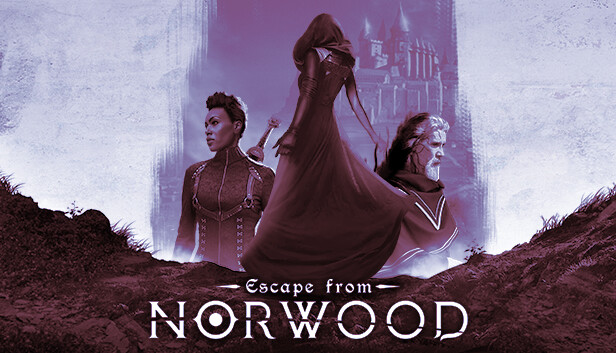
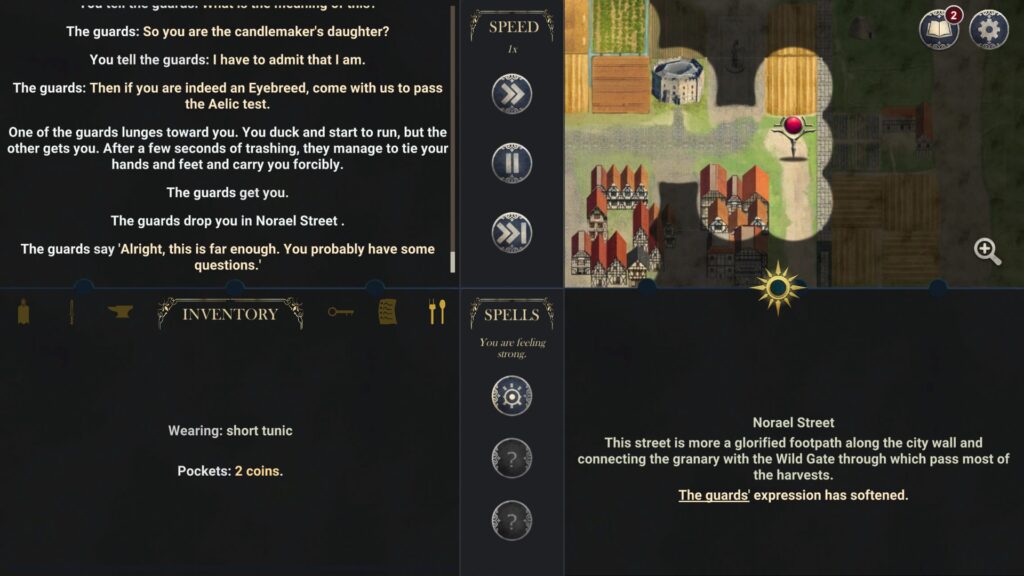
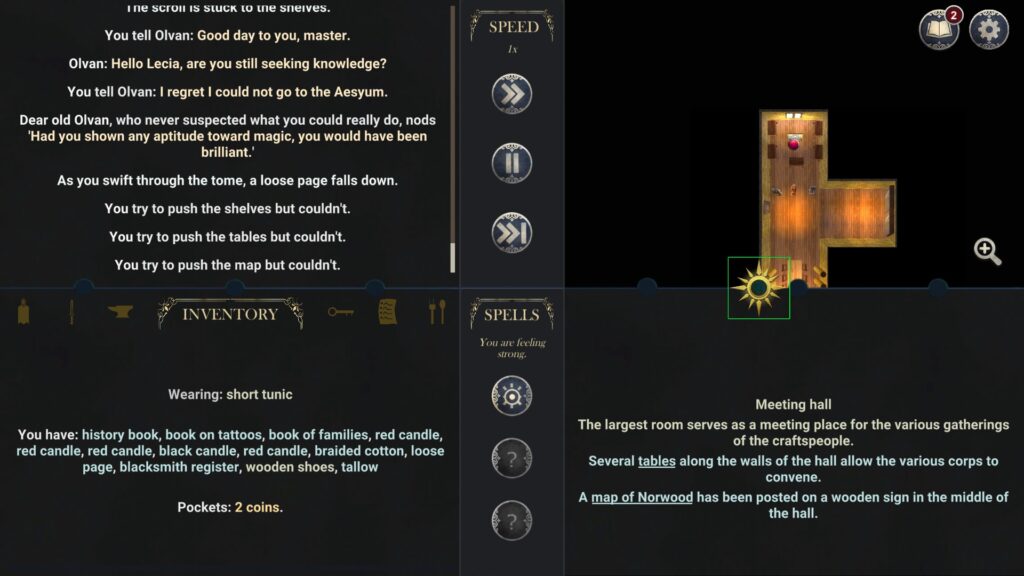
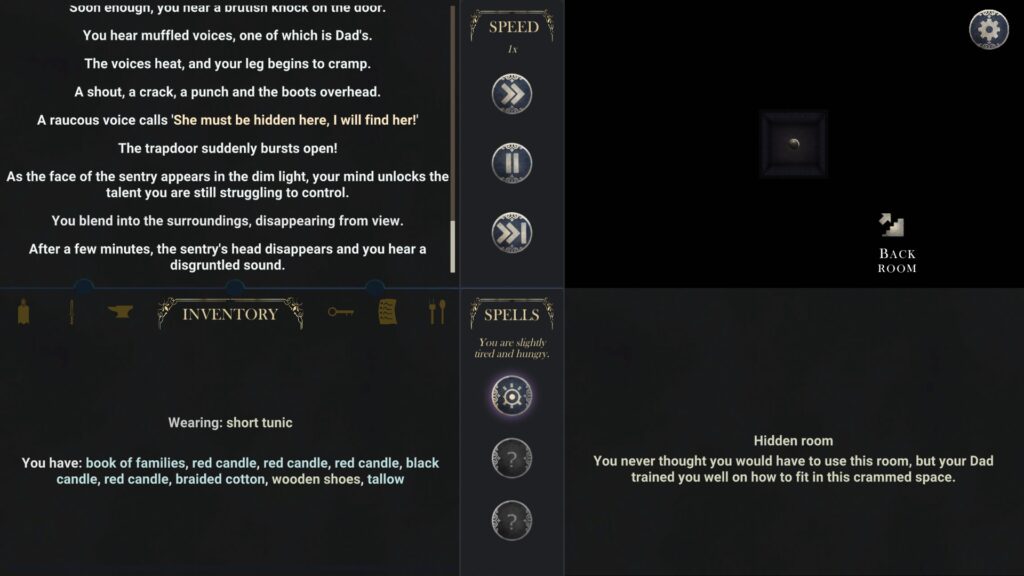
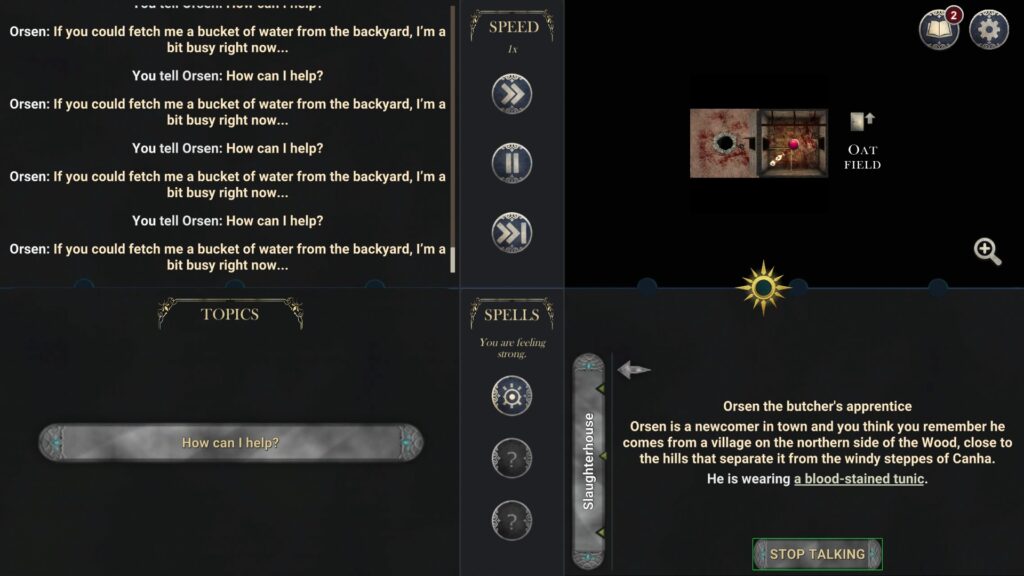




No Comments